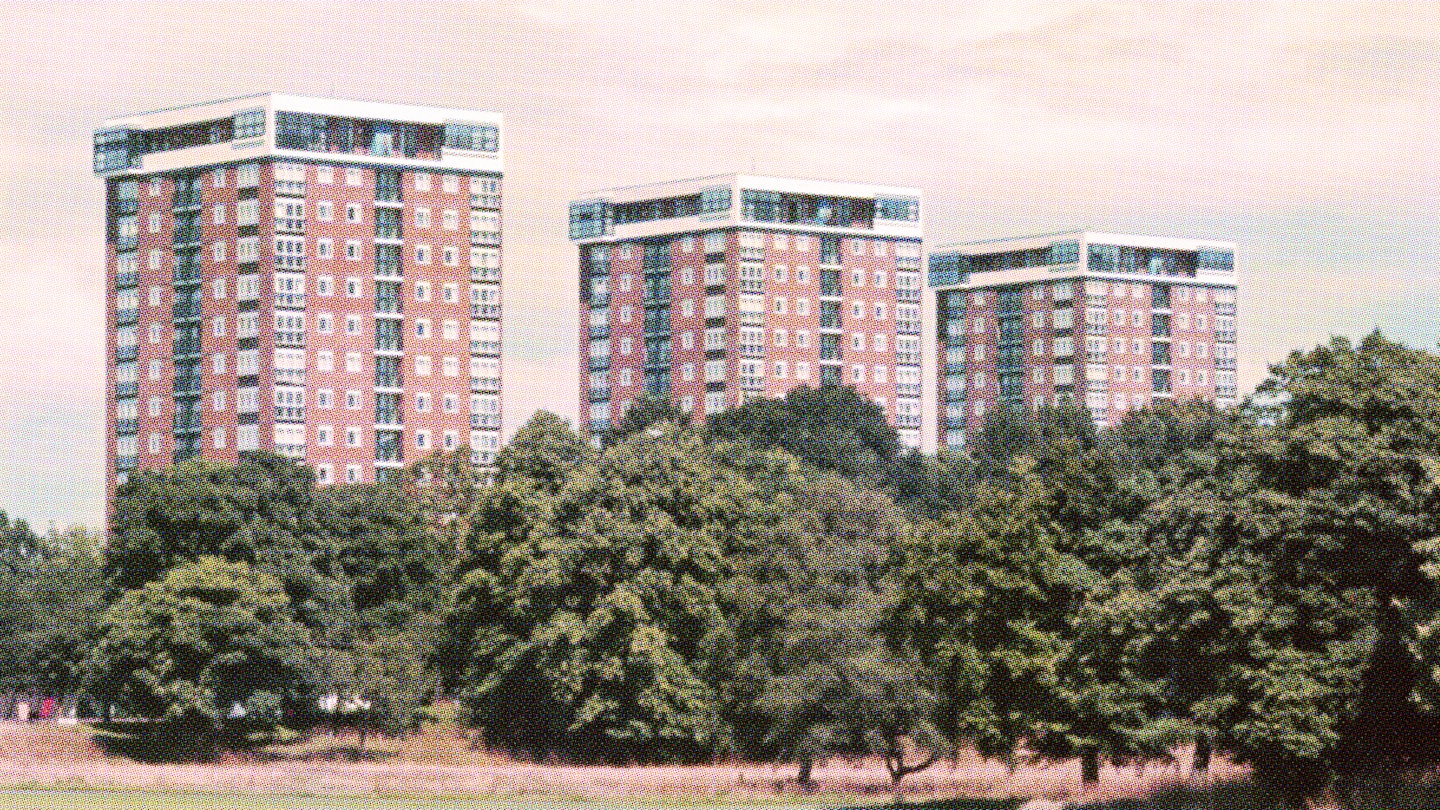The Chartered Institute of Housing (CIH) has revealed that almost a quarter of a million social homes in England for residents on low incomes will be lost by 2020. I couldn’t help but feel shocked when I read those figures on Wednesday morning. I live in social housing with my mum and my sister, and regardless of the dreams we’ve all had about houses with stairs or having our own rooms, I feel incredibly lucky to live there, especially now.
I am worried about the future of social housing which is, quite literally, a game changer for many low-income families. I spend many hours a day watching flat tour videos on YouTube. I’m sure you’ve seen them: a smiling, clear-skinned, cheery-voiced vlogger takes you through every room of their apartment, describing how they’ve decorated and how great it is to have their own place. I know there is something masochistic about my incessant watching of these videos: the house envy that they induce makes me anxious. It always happens - halfway through a video, I scroll down to read rows and rows of comments all asking the same question: how much?
The answer is sometimes surprising, sometimes shocking but always disheartening. Inevitably, I then end up on Zoopla or Rightmove or Facebook housing groups pushing myself even deeper into a spiral of despair. The rent is just too damn high.
Mum periodically urges me to put my name on the list for council housing; she always talks about the son of a family friend who managed to get a flat in our borough. I always say I will do it, but I put it off perennially. At 23 I’m nowhere near ready financially. That’s the thing with the bidding system, you could be on the waiting list for years but you could also get lucky and only be waiting for a few months. The stories of people on the list not being ready to bid because of unforeseen circumstances have made me paranoid and determined to be absolutely ready when my turn comes, despite the fact that the longer I wait the lower down the list I’ll be.
Watch Now: Meet the girl who lives in a warehouse
That’s why these new figures released have given me a sense of urgency.
Living in social housing wasn’t in my plan about a decade ago. I had just become a teenager and had visions of living in my own plant-filled cosy ground floor flat so mum wouldn’t have to climb stairs. That dream, so typical of many immigrant parents, is that their kids will buy a house with all the delicious money they’d earn from their fantastic careers. Two degrees later I’m still working on the career, but the other half of that ideal, the house, is looking less and less likely. The average house price is now 7.6 times the average salary.
Then there’s the so-called affordable housing. Today we rely on private development companies to build the majority of our homes under the ‘promise’ that they make a certain percentage of them affordable. But housing affordability has worsened fastest in London boroughs throughout the last twenty years.
Hackney, where I live, is dotted with these kind of construction projects. Fancy complexes that promise ‘24-hour concierges’ and ‘panoramic views’. The websites are glorified billboards offering no real information, aside from a number you can call. I’ve always felt that these telephone numbers are a way for these developers to weed out prospective buyers. You can browse a site surreptitiously to see whether or not you may be able to afford somewhere. But on the phone… it’s awkward and embarrassing. The only people who’d call are those who know they’ve got the money.
Housing developers have indeed been very sneaky in avoiding providing affordable housing. The numbers councils aim for vary between 30 to 50 percent of the homes built but developers are getting away with slashing the number of affordable houses to protect their profits. That’s what happened with the £9bn redevelopment of Battersea Power Stationin South London. The plan was to construct 636 affordable homes, where locals, first time buyers and renters would get a 40% reduction on the rent. But the company behind the development said they had ‘technical issues’ and the percentage of affordable housing fell to 9 percent from an already pitiable 15 percent. Councils are being outmanoeuvred, so they can’t meet their targets of affordable housing.
The CIH said the staggering loss of social housing was a result of Conservative policies such as Right to Buy – a Thatcher-era initiative - and the decision to focus on ‘affordable housing’ built by private developers rather than building more social housing, a scheme that reached its apex in London under former mayor Boris Johnson.
Social housing is the last hope for people like me and these anxiety-inducing numbers present a series of undesirable ultimatums. My options are as follows: live at home far into adulthood, pour my salary into a short and unstable private rental so I can pay off someone else’s mortgage or, get on the list and face moving far away from my hometown and my family.
Follow Aida @kidisalright
This article originally appeared on The Debrief.
